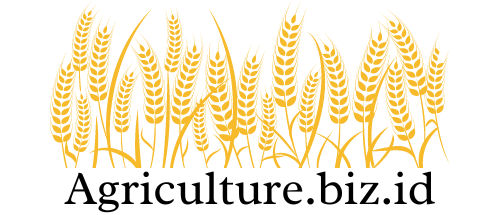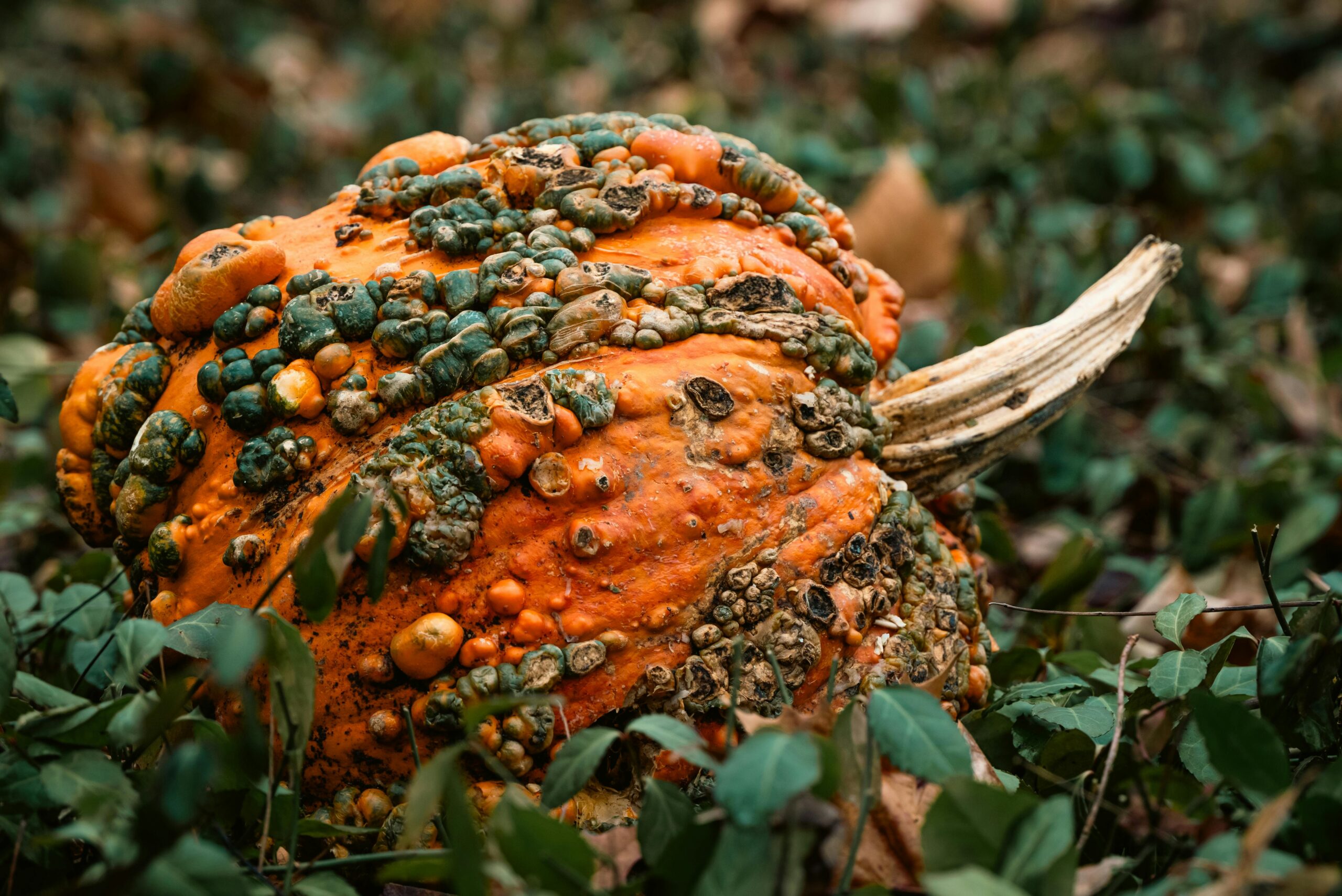Welcome to our informative blog post where we delve into the world of crop diseases, the silent killers that can wreak havoc on agricultural production. In this comprehensive guide, we will explore the various types of crop diseases, their causes, symptoms, and potential solutions. Whether you are a farmer, gardener, or simply interested in the fascinating world of agriculture, this article aims to provide valuable insights into the prevention and management of crop diseases. So, let’s dive in and uncover the secrets behind these detrimental threats!
Understanding Crop Diseases: Types and Causes
When it comes to crop diseases, knowledge is power. Understanding the types of diseases that can affect crops and their underlying causes is essential for effective prevention and management. Let’s explore some of the most common types of crop diseases:
Fungal Diseases
Fungi are one of the leading causes of crop diseases worldwide. These microscopic organisms thrive in warm and humid environments, making them particularly troublesome in certain regions. Fungal diseases can affect various parts of the plant, including leaves, stems, roots, and fruits. Common examples of fungal diseases include powdery mildew, rust, and blight.
Bacterial Diseases
Bacterial diseases can have a devastating impact on crop health. They are caused by harmful bacteria that infiltrate plants through wounds, insect bites, or natural openings. Once inside, these bacteria reproduce and spread, interfering with the plant’s normal functioning. Bacterial diseases often manifest as wilting, rotting, or discoloration of plant tissues. Fire blight in apples and bacterial leaf spot in tomatoes are typical examples of bacterial diseases.
Viral Diseases
Viruses are another significant threat to crop productivity. These microscopic agents invade plant cells, disrupt their normal processes, and cause a range of symptoms. Viral diseases can be transmitted through insect vectors, contaminated tools, or infected seeds. Symptoms of viral diseases may include stunted growth, yellowing or mottling of leaves, and distorted fruits. Common viral diseases in crops include mosaic viruses and leaf curl viruses.
Parasitic Diseases
Parasitic diseases are caused by various organisms like nematodes, parasitic plants, and insects. These organisms feed on the plant, depriving it of essential nutrients and causing damage. Nematodes, for example, are tiny worms that live in the soil and attack plant roots, leading to stunted growth and reduced yields. Dodder, a parasitic plant, wraps itself around host plants and sucks nutrients, weakening them. Controlling parasitic diseases often requires integrated pest management strategies.
These are just a few examples of the many crop diseases that can plague farmers and gardeners. By understanding the types and causes of these diseases, we can take proactive measures to prevent their occurrence and minimize their impact. In the next section, we will explore the signs and symptoms of crop diseases, helping you identify and diagnose potential problems early on.
Identifying Crop Diseases: Signs and Symptoms
Recognizing the signs and symptoms of crop diseases is crucial for their early detection and prompt action. Here are some common indicators that can help you identify potential issues:
Foliage Symptoms
Pay close attention to the leaves of your crops, as they often exhibit visible symptoms of disease. Look for discoloration, such as yellowing, browning, or spotting, which can be indicative of fungal or viral infections. Additionally, wilting, curling, or distortion of leaves may suggest the presence of pests or diseases.
Stem and Root Symptoms
Inspect the stems and roots of your plants for any abnormalities. Soft, mushy stems or dark lesions can be signs of bacterial or fungal infections. Discolored or decaying roots may indicate root rot caused by waterlogging or certain pathogens. Galls or swellings on stems or roots can be a result of nematode infestation.
Flower and Fruit Symptoms
Examine the flowers and fruits of your crops for any unusual signs. Blossom blight, where flowers turn brown and wither, can indicate fungal diseases. Fruits that show rotting, discoloration, or deformities might be affected by viral or bacterial infections. It is important to note that some symptoms may also be caused by environmental factors, so proper diagnosis is essential.
Growth and Developmental Symptoms
Observe the overall growth and development of your plants. Slow or stunted growth, reduced yield, or abnormal plant size can all be indications of underlying diseases. Some diseases may also cause premature aging or death of plants. Keep track of any significant deviations from normal growth patterns.
Remember, accurate identification of crop diseases based on symptoms is essential for implementing appropriate management strategies. If you notice any unusual signs, consider consulting with local agricultural extension services or experts who can provide further guidance and help you devise an effective plan of action. In the next section, we will discuss preventive measures and management strategies to combat crop diseases.
Preventing and Managing Crop Diseases: Strategies for Success
Prevention and management are key when it comes to combating crop diseases effectively. By implementing the following strategies, you can minimize the risk of disease occurrence and mitigate their impact:
1. Crop Rotation
Rotate your crops regularly to disrupt disease cycles. This practice helps break the chain of infection by preventing pathogens from building up in the soil. Different crops have varying disease susceptibilities, so rotating crops can reduce the chances of diseases spreading from one season to the next.
2. Sanitation
Maintain good sanitation practices to prevent the spread of diseases. Remove and destroy infected plant debris, as they can harbor pathogens and serve as a source of infection in the future. Clean tools and equipment thoroughly after each use to prevent cross-contamination.
3. Proper Irrigation
Avoid overwatering, as excessive moisture can create favorable conditions for disease development. Water plants at the base, rather than from above, to minimize leaf wetness. Additionally, ensure proper drainage to prevent waterlogging, which can lead to root diseases.
4. Resistant Varieties
Choose crop varieties that are resistant or tolerant to prevalent diseases in your area. Resistant varieties have built-in genetic traits that make them less susceptible to certain diseases. Consult local agriculture experts or seed suppliers for information on disease-resistant varieties suitable for your region.
5. Integrated Pest Management (IPM)
Implement an integrated approach to pest and disease management. IPM combines various strategies, such as biological control, cultural practices, and judicious use of pesticides, to minimize the impact of diseases while minimizing harm to the environment and beneficial organisms.
6. Regular Monitoring
Regularly monitor your crops for any signs of disease. Early detection allows for timely intervention, increasing the chances of successful management. Regular scouting and inspection help identify potential problems before they escalate.
By adopting these preventive measures and management strategies, you can significantly reduce the impact of crop diseases on your agricultural endeavors. Remember, a proactive approach is key to maintaining healthy and productive crops. In the next section, we will explore specific treatment options and organic alternatives for managing crop diseases.
Treatment and Organic Alternatives: Managing Crop Diseases
When it comes to managing crop diseases, there are various treatment options and organic alternatives available. Let’s explore some effective approaches:
1. Chemical Treatments
Chemical treatments, such as fungicides, bactericides, and insecticides, can be used as a last resort when other methods have proven ineffective. It is important to follow label instructions carefully and use these chemicals judiciously to minimize environmental impact and potential harm to beneficial organisms.
2. Biological Control
Biological control involves the use of natural enemies, such as predatory insects or beneficial microorganisms, to suppress disease-causing organisms. This method can help maintain a balance in the ecosystem and reduce the reliance on chemical treatments. Examples include the use of ladybugs to control aphids or the application of beneficial fungi to combat soil-borne pathogens.
3. Cultural Practices
Implementing cultural practices can help prevent or manage crop diseases. Practices like crop rotation, proper spacing between plants, and adequate airflow can reduce the risk of disease by creating unfavorable conditions for pathogens. Additionally, practicing proper pruning, weeding, and removing infected plant parts can help limit the spread of diseases.
4. Organic Alternatives
Organic alternatives can be effective in managing crop diseases without the use of synthetic chemicals. These include the use of organic fertilizers, compost, and biopesticides derived from natural sources. Additionally, foliar sprays made from neem oil, garlic, or other plant extracts can help control certain diseases. Organic farming practices that focus on building healthy soil and promoting plant vitality can also contribute to disease prevention.
5. Genetic Resistance
Incorporating genetic resistance is a long-term and sustainable approach to disease management. Breeding programs aim to develop crop varieties with enhanced resistance to specific diseases. By selecting and planting resistant varieties, farmers can reduce the reliance on chemical treatments and minimize disease impact.
It’s important to note that the choice of treatment option may vary depending on the specific crop, disease, and environmental factors. Integrated approaches that combine multiple strategies often yield the best results. Experimentation and adaptation to local conditions are key to finding the most effective management practices for your crops.
In conclusion, managing crop diseases requires a proactive and holistic approach. By employing a combination of preventive measures, treatment options, and organic alternatives, you can protect your crops and ensure a healthy harvest. In the final section, we will summarize the key takeaways from this comprehensive guide on crop diseases.
Key Takeaways: Protecting Your Crops from Diseases
As we conclude this comprehensive guide on crop diseases, let’s recap the key takeaways to help you protect your crops:
1. Understand the Types and Causes
Familiarize yourself with the different types of crop diseases, including fungal, bacterial, viral, and parasitic diseases. Understanding their causes and modes of transmission will empower you to implement effective preventive measures.
2. Identify the Signs and Symptoms
Learn to recognize the signs and symptoms of crop diseases. Regular monitoring and early detection are crucial for timely intervention and preventing the spread of diseases to other plants.
3. Implement Preventive Measures
Take proactive steps to prevent disease occurrence. Practice crop rotation, maintain good sanitation, provide proper irrigation, select resistant varieties, and employ integrated pest management strategies to minimize the risk of diseases.
4. Explore Treatment Options
Consider treatment options based on the severity of the disease. Chemical treatments should be used as a last resort, while biological control, cultural practices, and organic alternatives offer sustainable and eco-friendly solutions.
5. Embrace Genetic Resistance
Utilize crop varieties that possess genetic resistance to prevalent diseases in your area. Breeding programs and seed suppliers can provide information on resistant varieties suitable for your region.
By combining these strategies and continually adapting to your specific farming conditions, you can effectively protect your crops from the devastating effects of diseases. Remember, prevention is key, and maintaining a healthy and disease-free crop is an ongoing effort.
We hope this guide has provided valuable insights into the world of crop diseases and equipped you with the knowledge to safeguard your agricultural endeavors. Happy farming!
In conclusion, crop diseases pose a significant threat to agricultural productivity and can have devastating consequences for farmers and gardeners. Understanding the types, causes, signs, and symptoms of these diseases is crucial for effective prevention and management. By implementing preventive measures such as crop rotation, sanitation, proper irrigation, and selecting resistant varieties, you can reduce the risk of disease occurrence. Additionally, exploring treatment options like biological control, cultural practices, and organic alternatives can help manage diseases sustainably.
Remember, regular monitoring, early detection, and timely intervention are essential for minimizing the spread and impact of crop diseases. Integrated approaches that combine multiple strategies often yield the best results. By staying informed, adapting to local conditions, and seeking expert advice when needed, you can protect your crops and ensure a bountiful harvest.
We hope that this comprehensive guide has provided valuable insights and practical knowledge to help you combat crop diseases effectively. By implementing the strategies outlined here, you can safeguard your agricultural endeavors and contribute to a more resilient and sustainable food production system. Happy farming!

